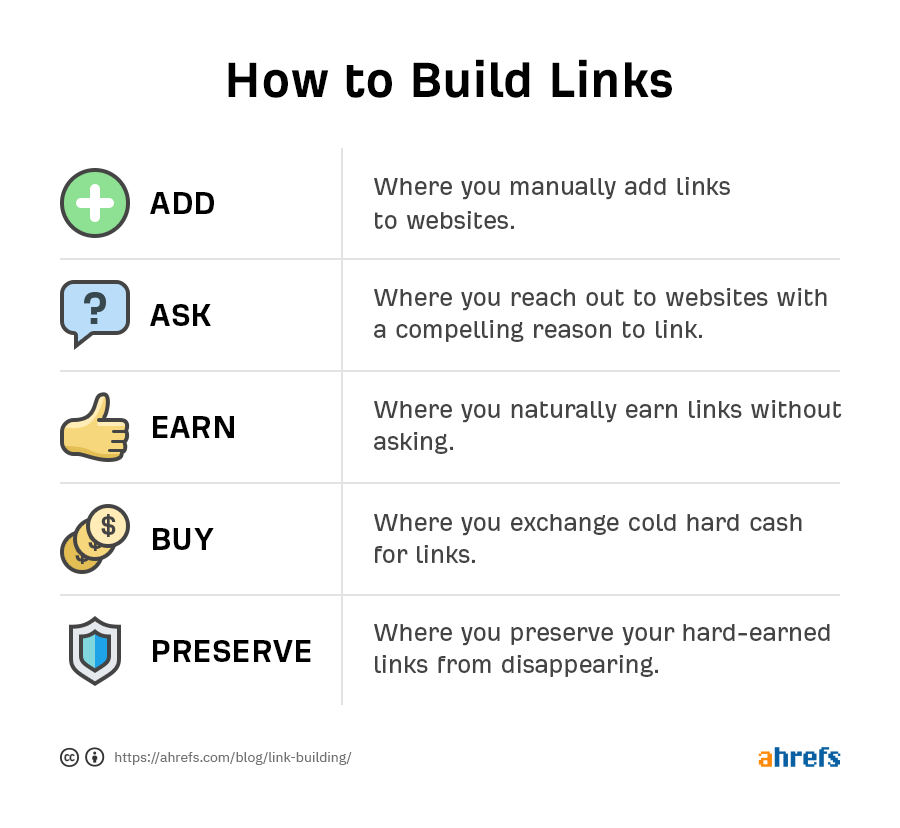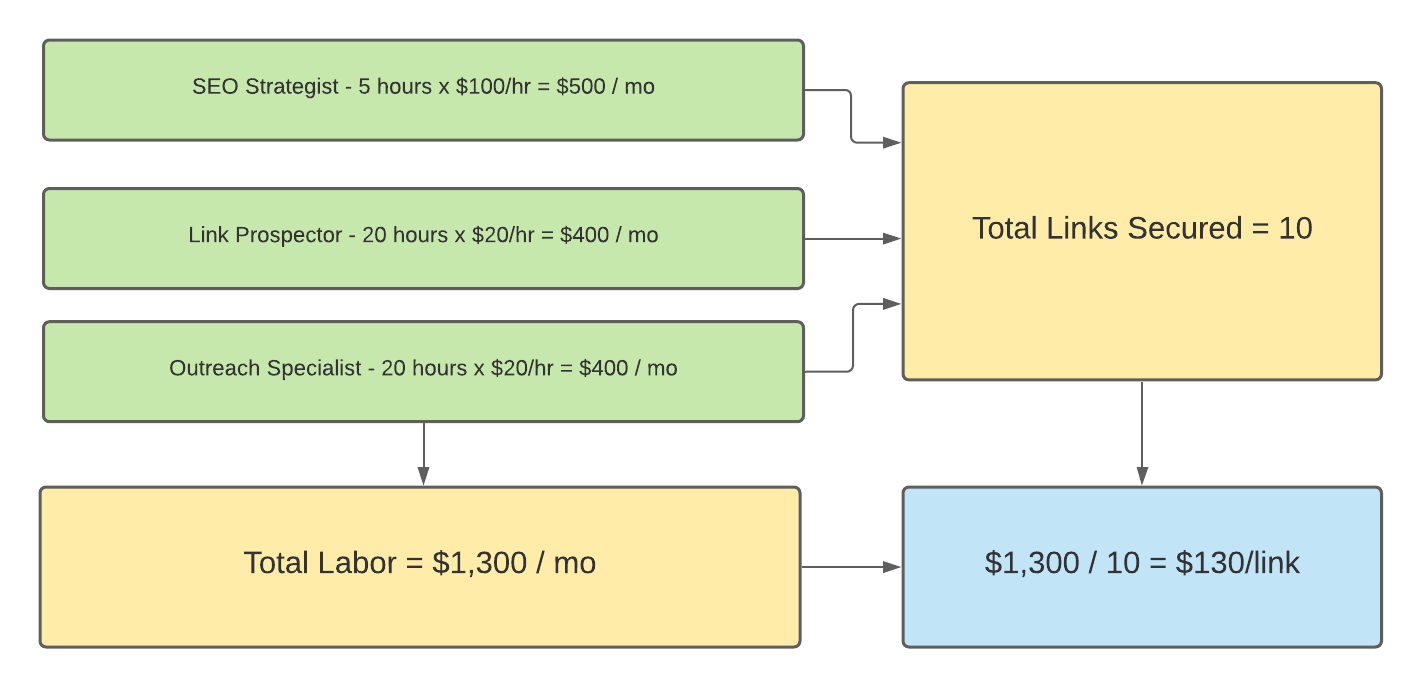Table of Contents
I’ve been doing client facing SEO for almost 15 years.
When I first got started, links were by far the strongest ranking signal for search engines. All you had to do was buy a few links from a vendor and your site would be ranking within the week.
15 years later, links are still a top ranking factor…but the quality of links needed has changed drastically.
Getting the “right” links requires more strategy, planning and man hours to execute.

This makes it difficult service to offer to clients.
Finding a pricing model that secures high quality links without breaking a client’s budget is a challenge.
These are the types of problems we specialize in solving here at The Blueprint. This article will cover our 3 recommended pricing strategies for link building services.
- Pay per link pricing
- Retainer fees
- Outsourcing
Let’s dive into each of them.
1. Pay per link pricing
This is widely accepted as the “norm” in the industry, for a number of reasons:
- It’s easy to grasp total investment + output from investment
- It’s easy to budget for as a fixed cost
- It’s easy to forecast output + results (10 links/mo for 12 months)

How to calculate per link pricing
It’s a fairly simple calculation, if you’re properly tracking your team’s time and efforts:
- Track all your labor costs that go into link acquisition (strategy, prospecting, outreach, management, etc)
- If your total costs are $5,000/mo (labor only) and you generate 10 links, your cost per link would be $200
Keep in mind, this is simply the cost of link acquisition to your business – you will still need to tack on your desired margin.
This is where things get a little tricky – the type of links (quality) you’re acquiring will impact how much you can charge.
- Lower tier links (guest posts, sponsored posts) = $300 or less
- Mid tier links (resource pages, roundups) = $750 or less
- Top tier links (PR links) = $750 and up
I didn’t make these prices up – these are the generally accepted market prices for links…Which is the biggest challenge with pricing links, it’s difficult to charge more than market value.
When you’re tied to a pricing ceiling, you need to focus on increasing margins (aka more links acquired, in less time) – this can only be done through process design + service productization.
2. Retainer + expense pricing
This pricing model guarantees a certain level of profitability, without being tied to the number of links you produce each month.
The model is simple – you charge a set number of hours each month for time spent on the link acquisition process:
- Prospecting (finding relevant websites)
- Qualifying (cleaning the list of prospects)
- Pitching (sending emails to prospects)
- Managing (handling responses, etc)
On top of that, you need to charge an expense fee for each link placed.
Why?
Because there’s always an additional cost associated with links:
- Content creation (guest posts, infographics, etc)
- Publishing fees
If you don’t charge the expense fee, your margins will be burned to the ground.
How to calculate retainer based link pricing
To charge a retainer, you need to have tight tracking on your link building process
- Track all your labor hours + costs that go into link acquisition (strategy, prospecting, outreach, management, etc)
- Calculate the total number of hours each month required to meet client’s link needs (20 hours = 8 to 12 links)
- $100/hour x 20 hours = $2,000 retainer for 8 to 12 links
It’s critical you let them know your average link expense during the proposal process so they understand the full cost of links.
For example…
- $2,000 retainer for 8 to 12 links
- Avg link expense = $150 ($1,200 to $1,800 for 8 to 12 links)
- Total monthly cost of $3,200 to $3,800 for 8 to 12 links
Inevitably, prospects will calculate what your cost per link is, so it’s important to be mindful of your “cost per link”, even if you’re using this pricing model.
3. Outsourcing your link building entirely
As opposed to having link building in-house, you can work with vendors and sell links higher than what they’re charging.
For example, if the vendor is charging $150/link, you can sell links for $200/link.
The key is finding a vendor that can:
- Deliver real links, NOT private blog networks or cheap guest posts
- Deliver consistent links in multiple verticals
- Reasonably priced to allow you to tack on an upsell margin
Within the Full Blueprint Training, we present you a number of vetted link vendors that we use everyday at our agency.
Summary
Everything will vary from client to client. It’ll depend on the amount of links they currently have, how many links that they need, the type of links that will be available, etc.
For any questions that are still unanswered, drop them in the comments below and I’ll get back to you as soon as I can.